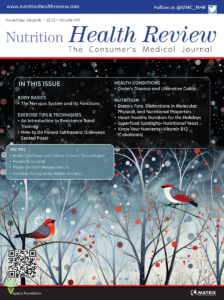Know the Signs
Athletes, children, the elderly, and those with chronic illnesses are most vulnerable to heat-related illnesses, including heat exhaustion and heat stroke. While heat exhaustion is less severe than heatstroke, it can progress to heatstroke if proper steps aren’t taken to relieve the condition. Common medications, including antihistamines, diuretics, and laxatives, can contribute to the development of heat-related illnesses.1
HEAT RASH
Signs & Symptoms
• Red clusters of small blisters that look like pimples on the skin (usually on neck, chest, groin, or elbow creases)
Take Action
- Move to a cool, dry place
- Keep the rash dry
- Use powder (like baby powder) to soothe the rash
HEAT CRAMPS
Signs & Symptoms
- Abnormally heavy sweating during intense exercise
- Muscle pain or spasms
Take Action
- Stop physical activity and move to a cool place
- Drink water
- Wait for cramps to go away before engaging in more physical activity
Seek medical help immediately if:
- Cramps last longer than one hour
- You’re on a low-sodium diet
- You have heart problems
HEAT EXHAUSTION
Signs & Symptoms
- Heavy sweating
- Cold, pale, clammy skin
- Fast, weak pulse
- Nausea or vomiting
- Muscle cramps
- Tiredness or weakness
- Dizziness
- Headache
- Fainting
Take Action
- Move to a cool place
- Loosen or remove clothing
- Apply cool, wet cloth to your body or take a cool bath
- Sip water
Seek medical help immediately if:
- You are throwing up
- Symptoms worsen
- Symptoms last longer than one hour
HEAT STROKE
Signs & Symptoms
- High body temperature (103°F or higher)
- Hot, red, dry, or damp skin
- Fast, strong pulse
- Headache
- Dizziness
- Nausea
- Confusion
- Fainting
Take Action
- Heat stroke is a medical emergency—call 911 right away
- Move the person to a cooler place, such as under shade or inside an air-conditioned building
- Help lower the person’s temperature by applying cool cloths or placing them in a cool bath
- Do not give the person anything to drink while waiting for medical personnel, as fluid and electrolyte levels must be closely monitored in people with heatstroke. Intravenous replacement of fluids might be required.2
REFERENCES
- Glazer J. Management of heatstroke and heat exhaustion. Am Fam Physician. 2005 Jun 1;71(11):2133–2140.
- Wexler RK. Evaluation and treatment of heat-related illness. Am Fam Physician. 2002 Jun 1;65(11):2307–2315.
- Guide adapted from: Centers for Disease Control and Prevention site. Warning signs and symptoms of heat-related illness. 1 Sep 2017. Accessed 28 May 2019. NHR





